High sensitivity drug analysis using dried blood spots
Using the SCIEX Triple Quad 7500 system, powered by SCIEX OS software
Pierre Negri1, Marta Massano2, Enrico Gerace3, and Alberto Salomone2,3
1SCIEX, USA; 2Dipartimento di Chimica, Università degli Studi di Torino, Turin, Italy; 3Centro Regionale Antidoping e di Tossicologia “A. Bertinaria”, Orbassano, Turin, Italy
Abstract
There is increasing interest in drug monitoring from dried blood spots (DBS) for toxicology applications. Here, the SCIEX 7500 system was used to quantify a panel of 24 drugs and metabolites in dried blood spots. The extraction method was optimized to maximize the analyte extraction recovery across the broad panel. Lower limits of quantification ranging from 5 to 250 pg/mL were obtained with the required levels of accuracy and performance. This work demonstrates the excellent sensitivity and robustness of the SCIEX 7500 system for the suite of drugs targeted in this study.
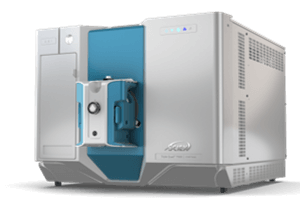
Introduction
The ability to accurately measure low levels of drugs and their metabolites is critical for a wide variety of toxicology applications, including roadside testing (driving under the influence of drugs, or DUID cases), postmortem investigations, drug-facilitated sexual assault cases, follow-up of drug and alcohol addicts. As some drugs are rapidly metabolized in the body, comprehensive drug analysis approaches are critically needed to confirm the presence of these substances and provide the necessary drug concentration evidence to support their toxicity level with a high level of sensitivity and specificity.
Drug monitoring is typically performed using serum or plasma obtained by venous blood sampling. However, there is a growing interest in dried blood spots (DBS) as an alternative sampling strategy. Compared to traditional venous blood sampling, DBS have many advantages including (1) minimally invasive sample collection procedure, (2) small sample volume requirement, (3) increased analyte stability, and (4) convenient sample storage and transport with minimal chance of sample adulteration. Given the small amount of sample available for testing (usually in the 5-50 µL range), accurate quantification of low levels of drugs and their metabolites requires the use of a sensitive analysis technique.
In this technical note, an optimized sample extraction procedure was used in combination with the SCIEX 7500 system for picogram/mL detection of a panel of 24 drugs and metabolites extracted from DBS. This robust and comprehensive drug monitoring workflow is shown to provide the required sensitivity levels for accurate quantification of low levels of analytes with a wide range of physical and chemical properties.
Figure 1. High sensitivity detection of drugs and metabolites extracted from DBS. Extracted ion chromatogram (XIC) traces for methylone (top) and methylphenidate (bottom) showing the quantifier ion traces for the matrix blank (left) and at the LLOQ at 50 pg/mL (right).
Key advantages of drug monitoring method for DBS analysis on the SCIEX 7500 system
- Optimized sample extraction procedure in combination with a robust detection method using the Scheduled MRM algorithm in SCIEX OS software enables pg/mL detection levels for a wide diversity of drug classes
- Ion ratio difference was <20% for the quantifier and qualifier ions of the targeted analytes, showing the quantitative robustness of the developed workflow
- Overall performance of the system resulted in excellent correlation (R2 >0.98) with optimal precision (below 20%) and accuracy (with bias ±15%) across the calibration range
- Combination of low pg/mL LLOQs with acceptable analyte recoveries provides a sensitive and robust method fit for rapid implementation of DBS analysis for routine drug monitoring
 Click to enlarge
Click to enlarge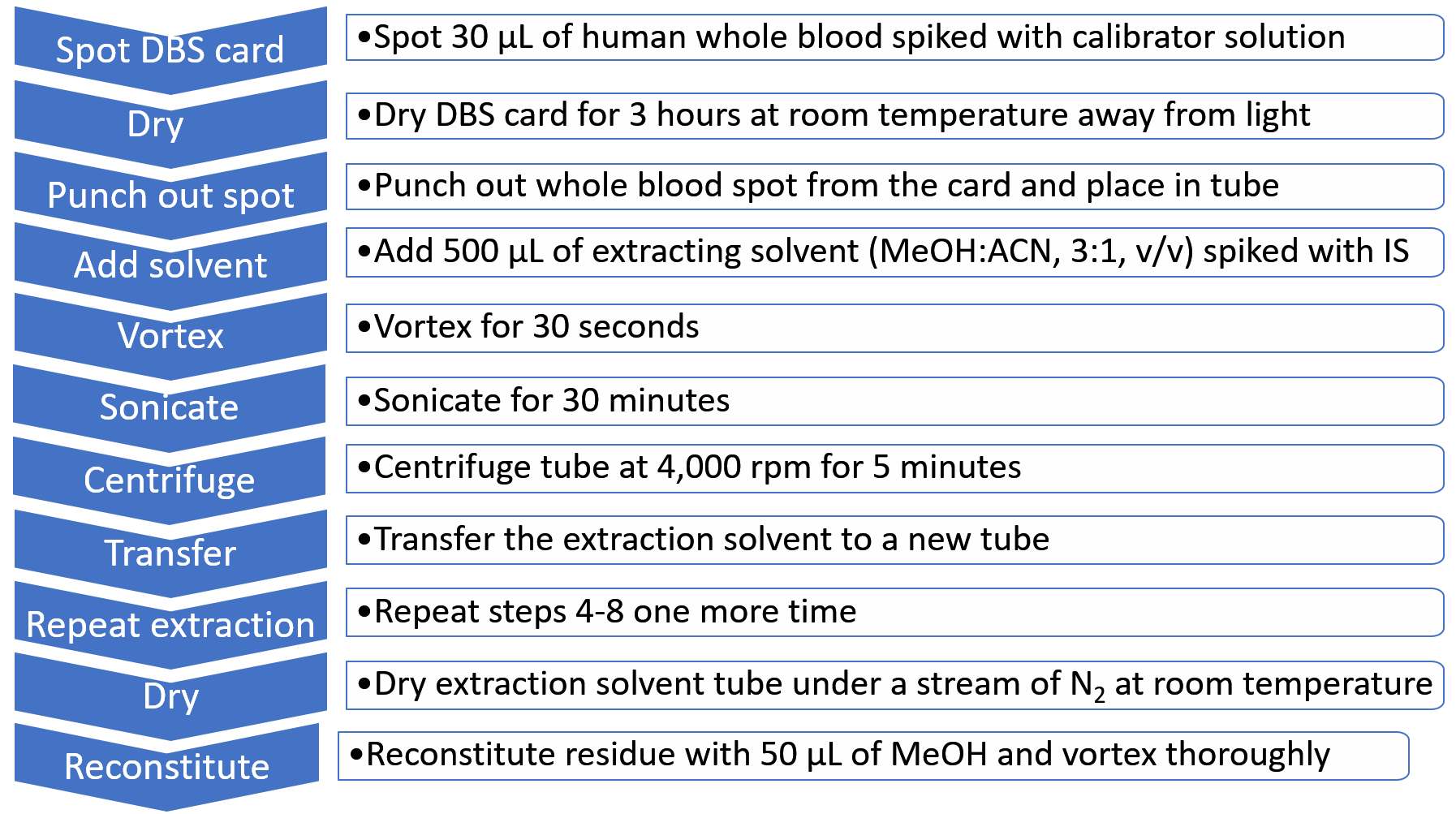 Click to enlarge
Click to enlarge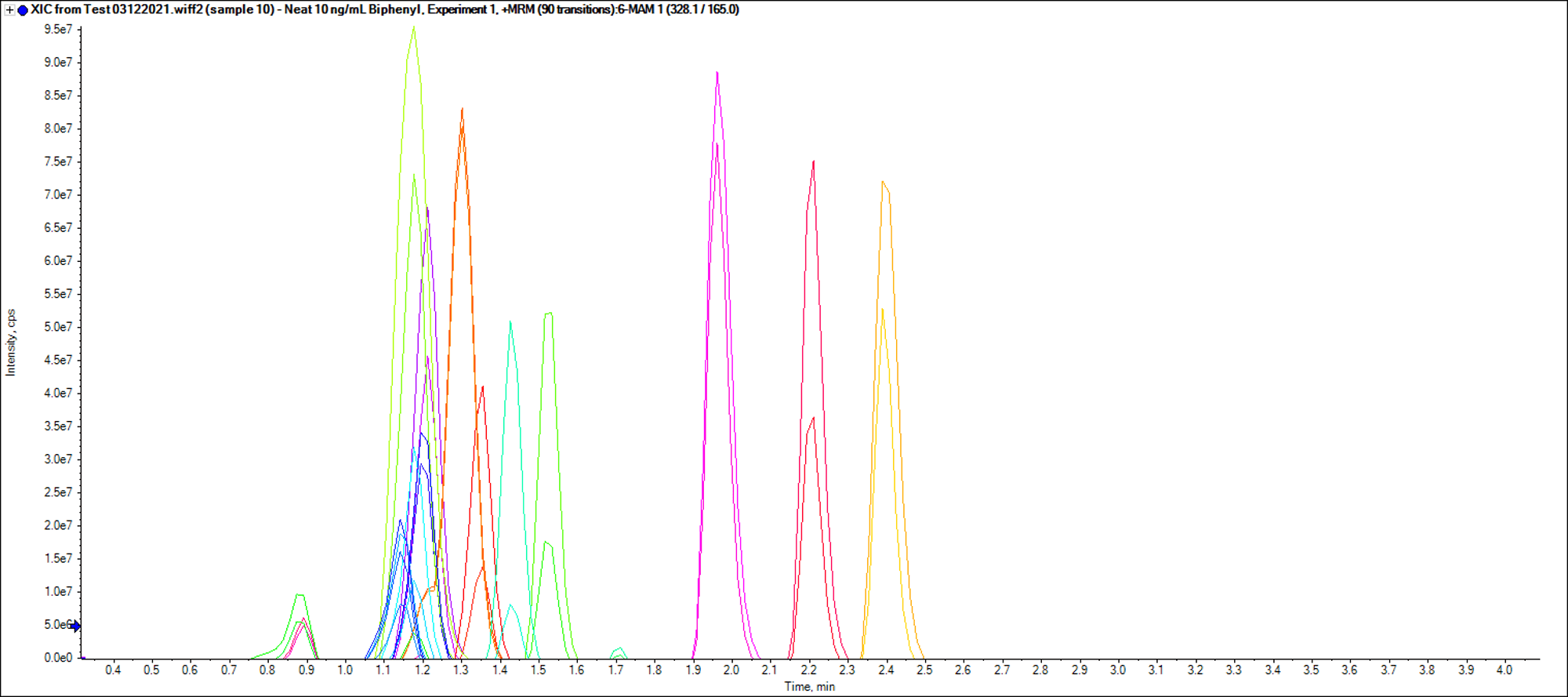 Click to enlarge
Click to enlarge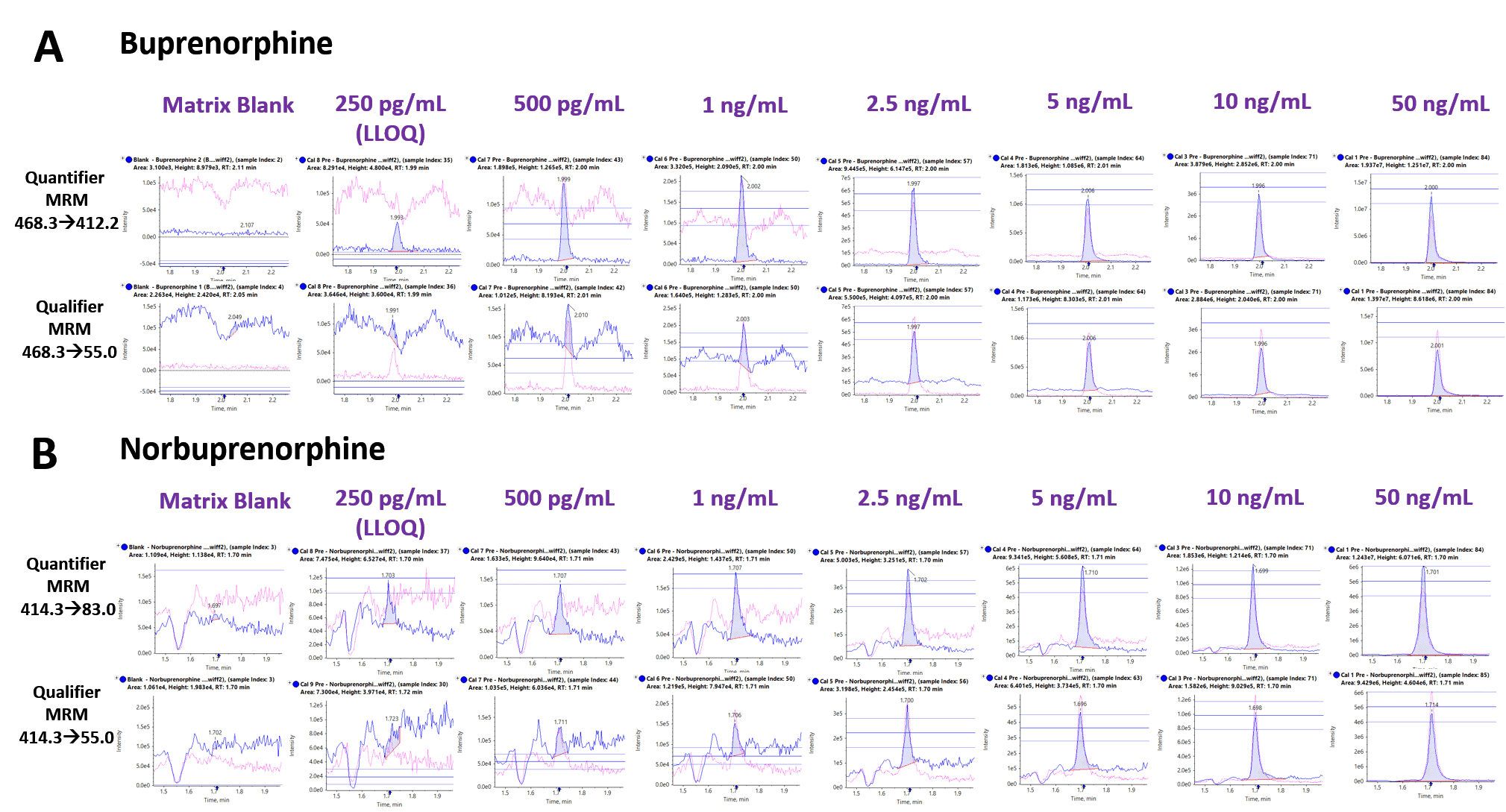 Click to enlarge
Click to enlarge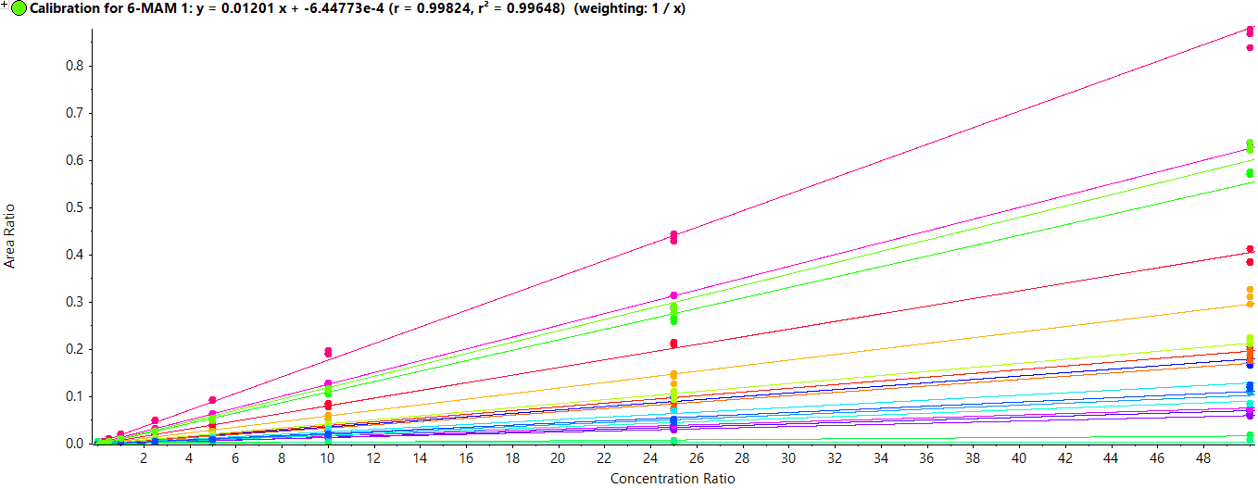 Click to enlarge
Click to enlarge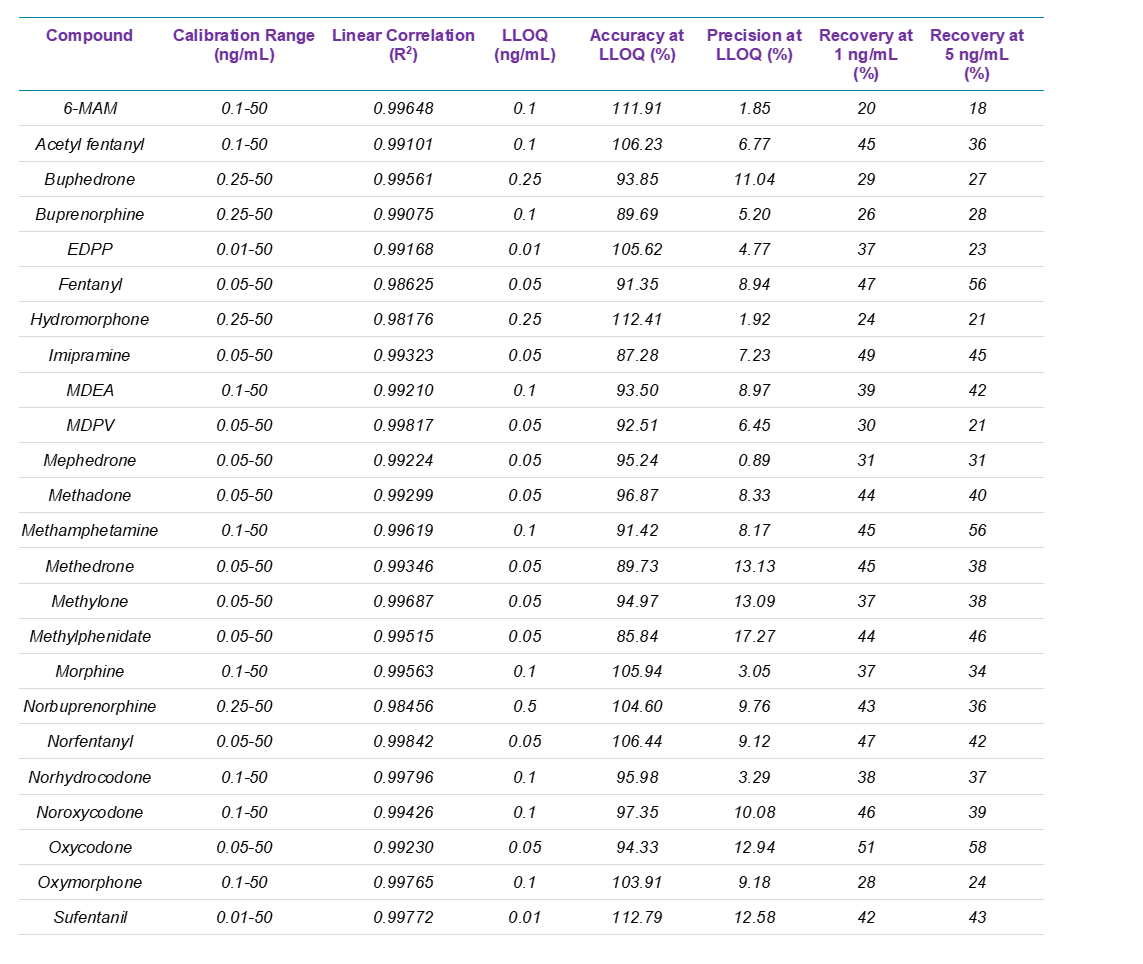 Click to enlarge
Click to enlarge